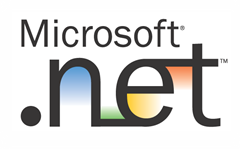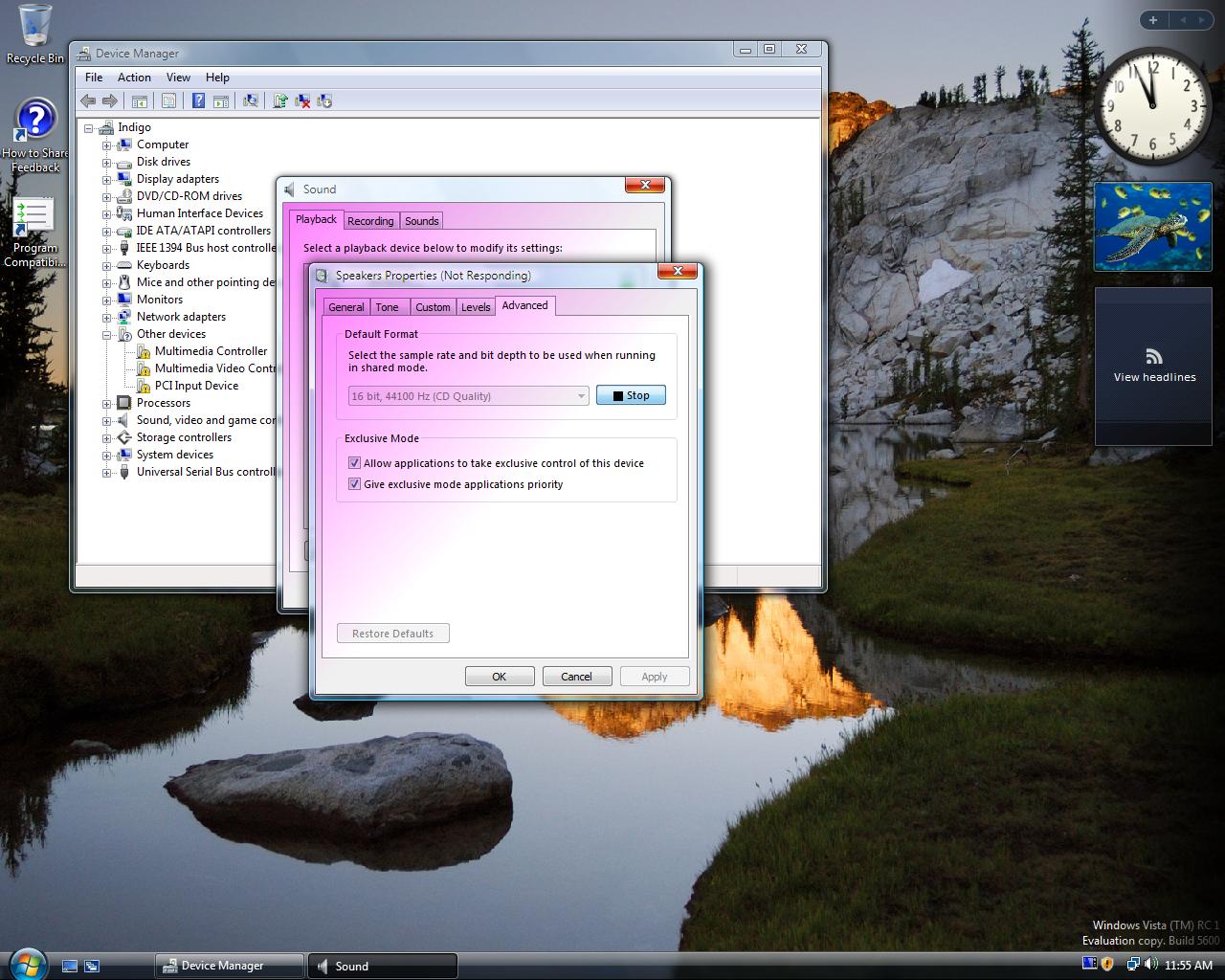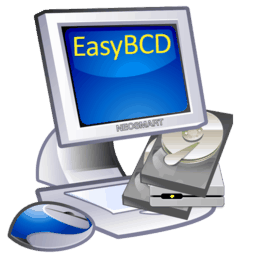Scribd isn’t Flickr. Sure, they’re both similar: both are social “web 2.0” websites established on the principle that people love to share stuff, both let you tag and group objects, both give you unlimited space, and both are great examples of the internet being put to good use. And, let’s not forget, both seem to love to Murdr the English language (pun intended)… But that’s where the similarities end.
Flickr is for photos. Scribd is for documents. Period… Or at least that’s the way it should be – theoretically.
So why is that so hard for people to get? Something about Scribd’s ease-of-use and flexibility has made people forget – and it looks like the people up top don’t seem to mind much, either. For instance, “i LOVE Milla Jovovich,” a group with over 1500 photos pretending to be documents was one of today’s “Featured Groups” on the Scribd homepage.
But the thing is, Scribd isn’t only not intended for photos, it’s not optimized for photos either. Users are uploading photos as PDF documents – unnecessarily increasing their size and limiting the photos’ usages. It has limited tagging options, doesn’t support any form of EXIF implementations, and offers all the wrong tools.



 Last month, Canonical Ltd. released the newest update to their extremely popular Ubuntu: Ubuntu Gutsy Gibbon (7.10)… But it hasn’t been all fun and games, as thousands of irate users will tell you… If you search the
Last month, Canonical Ltd. released the newest update to their extremely popular Ubuntu: Ubuntu Gutsy Gibbon (7.10)… But it hasn’t been all fun and games, as thousands of irate users will tell you… If you search the  Skype is a great and most-useful program, and undoubtedly one of the revolutionizing services in the world of online communication. Windows Mobile (both versions 5 and 6) is an awesome examples of mobile productivity and portable office that fits in your pocket. But unfortunately, the two just don’t mix… not at all.
Skype is a great and most-useful program, and undoubtedly one of the revolutionizing services in the world of online communication. Windows Mobile (both versions 5 and 6) is an awesome examples of mobile productivity and portable office that fits in your pocket. But unfortunately, the two just don’t mix… not at all.  EasyBCD 1.7.1 has just hit the press, our caching engines have been activated, and we’re ready for you to
EasyBCD 1.7.1 has just hit the press, our caching engines have been activated, and we’re ready for you to